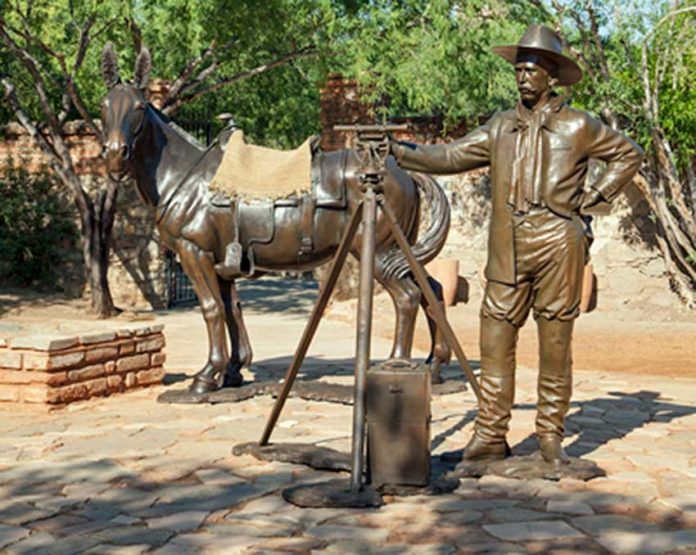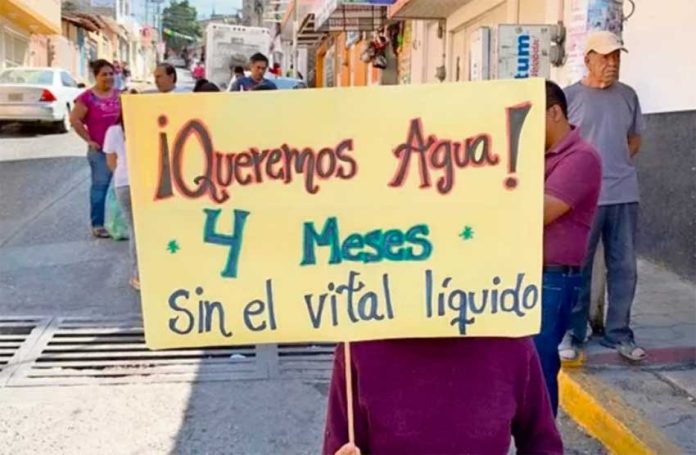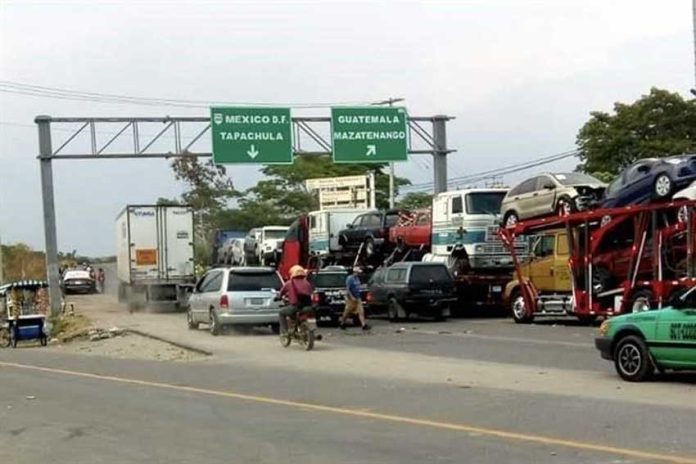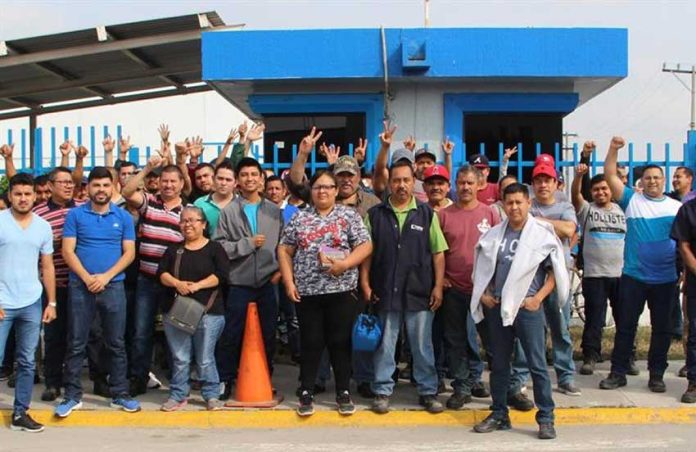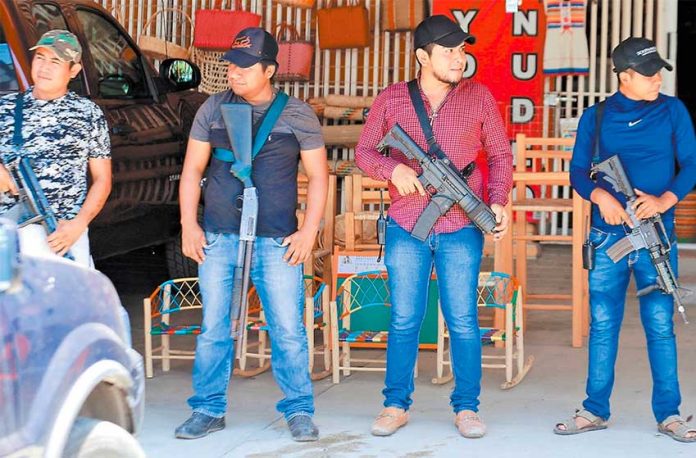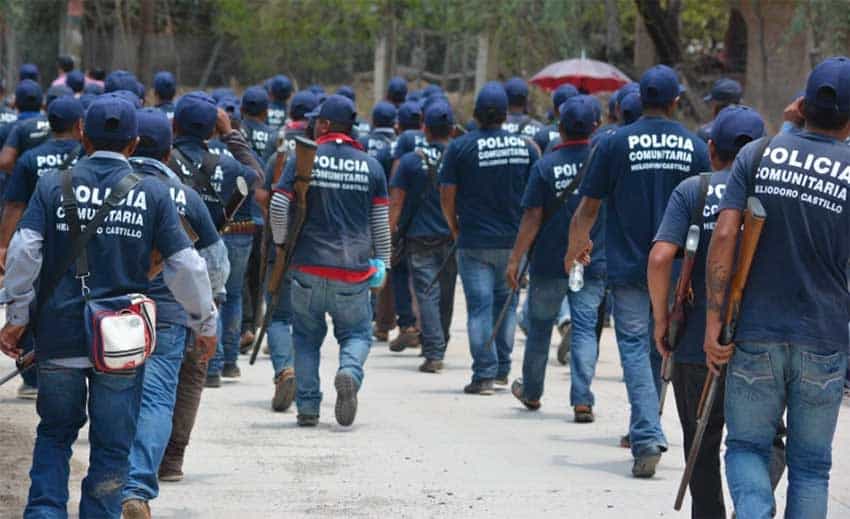President López Obrador recently announced that a controversial gold mining project in Baja California Sur will not go ahead because of environmental concerns.
The proposed Los Cardones open-pit mine was to have been located bordering the 29,000-acre Sierra de Laguna Biosphere Reserve southwest of the historic mining town of El Triunfo.
So, it appears that — 93 years after the gold and silver mines shut down around El Triunfo — mining will not return to restore the tiny town near La Paz to anything close to its former prosperity.
Gold and silver were discovered in the region in 1862. After decades of extraction and smelting, the industry began to decline and was eventually shut down in 1926. An estimated 800 pounds of gold and 661 tons of silver were extracted over the years.
During its mining heyday, El Triunfo boasted a population of around 10,000, making it the largest city in Baja Sur. The town was the first in the region to install electricity and telephones and its cultural life included regular concerts and two competing weekly newspapers.
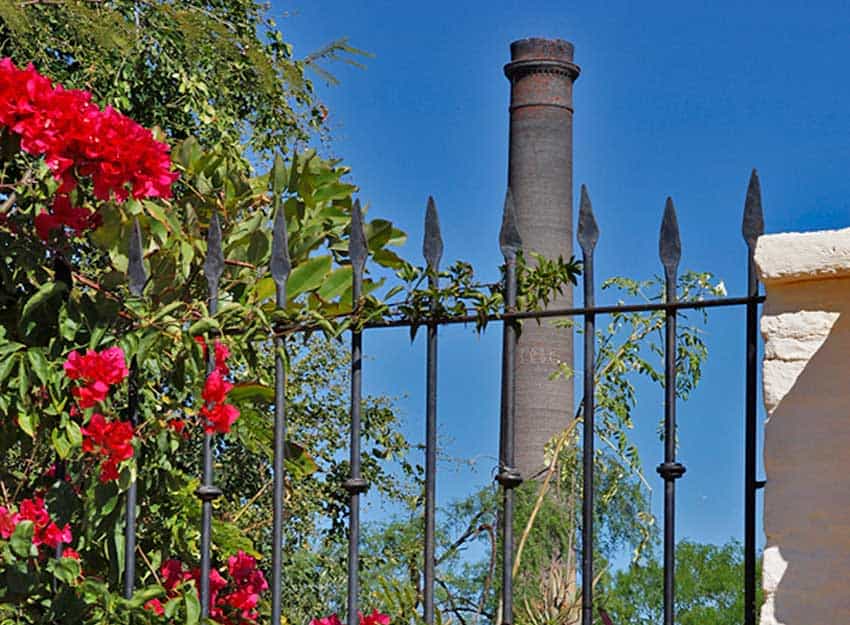
Looming over today’s town of 327 residents is a 154-foot chimney known as “La Ramona.” The smelter smokestack was constructed for El Progreso Mining Company in 1890 and named for Saint Raymond because it was completed on his feast day. It has survived almost 130 years of seismic activity, lightning strikes and hurricane-force winds.
Today, the smokestack is a relic and reminder of a more prosperous era. It is also something of a mystery. For decades its design has been attributed to famed French civil engineer Gustave Eiffel. But chimney enthusiasts have been unable to find any conclusive evidence of his involvement.
Despite dozens of online references to the contrary, it does not appear that Eiffel had anything to do with the structure. Wikipedia, for example, is confused. In its entry for “El Triunfo, Baja California Sur,” the online encyclopedia refers to: “Another remnant of the past is the . . . smokestack designed by Gustave Eiffel.”
Meanwhile, another Wikipedia entry, using information taken directly from Eiffel’s own archives, makes no mention of the chimney — not even on a list of “not proven” projects.
How Eiffel and La Ramona became linked is a subject for speculation. One cynic has suggested that, as El Triunfo’s fortunes began to sink, some “chamber of commerce type” decided to burnish the community’s image by fabricating the connection.
In any case, the passage of 100 years had left the structure gravely damaged, including large longitudinal cracks and significant portions of the chimney with loose or missing bricks. The possibility of partial or total collapse after an earthquake or hurricane was a major concern.

Recognizing the cultural and historical significance of the chimney, two non-profits — the International Community Foundation (ICF) and the Corredor Histórico CAREM, A.C. — collaborated recently with the ejido of El Triunfo, owners of the property, to restore the smokestack. The total project budget was estimated at US $200,000.
Walmart heiress Christy Walton, a major charitable force in the region since the 1980s, provided initial funding. Her efforts have focused primarily on environmental sustainability and cultural heritage.
The work, completed this past July, included brick replacement, mortar re-pointing, a new concrete cap, lightning protection and a ventilation system to help ensure that this historic treasure will stand for years to come.
Now ICF and CAREM must repay a loan taken out to fund the project and work to design programs for ongoing maintenance, upkeep and additional enhancements of the site. The goal is $300,000.
Those interested in contributing are encouraged to Adopt-A-Brick for $100.
Meanwhile, the long-awaited El Triunfo Museo Ruta de Plata mining museum opened to the public last November. The museum is another of Walton’s projects.
Visits begin with an 11-minute video introduction to the Ruta de Plata region of Baja Sur that explores its unique geology, past mining adventures and rich cultural history.
Various exhibits invite visitors to learn about significant locations along the Ruta de Plata, including Real de Santa Ana, El Rosario and El Triunfo. The museum makes the experience a personal one, exploring the lives of three central historical figures: Manuel de Ocio, Henry S. Brooks and Leonardo Orynski.
Local residents, in their own voices, share their recollections of the Ruta de Plata’s glory days. Digital scrapbooks of photographs and memories from local families having historical ties to the region are on display, helping visitors imagine what life was like during this era.
Visitors may also experience, first-hand, the world of mining by entering a simulated mine. Pyromaniacs are even invited to push the plunger and detonate a “dynamite” charge.
Also included is a historical overview of global, national and regional events that shaped the Ruta de Plata region from the 16th century to the early 20th century.
In addition, rare mineral specimens from Mexico and elsewhere in the world are displayed, as well as other intriguing mining artifacts. Plans are under way to open a mineral hall to showcase a larger collection.
Although it appears that mining will not return to the region, its history has been well preserved.
The writer is a newspaper and magazine journalist, photojournalist and the author of two books.
